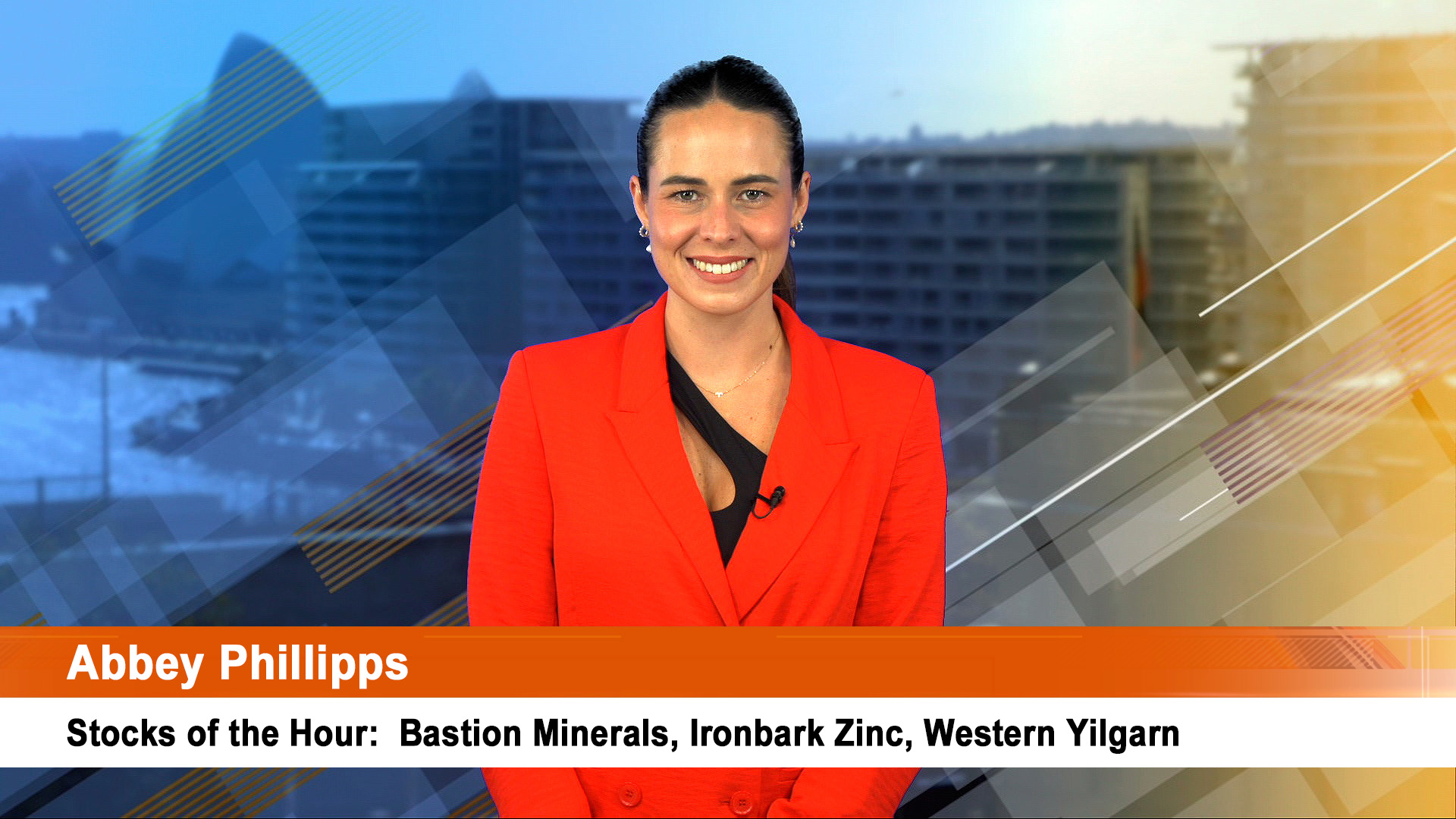The US Federal Reserve its key federal Funds rate by 0.75% to 2.25%, warning that downside risks remain.
The waning came after intense speculation that the Fed would cut by a full 1%.
US markets were higher on that hope before the decision, and eased afterwards. They then surged to their best rise in five years, topping the performance of last Tuesday.
The Dow was up more than 400 points or 3.51%, the Standard & Poor’s 500 jumped 4.2%, oil jumped back past $US109 a barrel, gold edged higher but US interest rates spiked sharply to 3.44% for the 10 year bond.
Our market should be up by well over 2%, or around 140 points at the opening.
The rebound in markets had all the hallmarks of a huge relief rally, despite the Fed’s gloomy take on the economy and the financial markets.
The Fed, aided by its peers around the world, is trying very hard to prevent a meltdown in financial markets and a recession in the North American economy that would be sever enough to impact booming China, where there was a very plain warning yesterday that the Government is struggling to control inflation.
The Fed thinking on rates was clearly dominated by what was happening in financial markets and the economy. Here’s its statement.
"Recent information indicates that the outlook for economic activity has weakened further.
"Growth in consumer spending has slowed and labor markets have softened. Financial markets remain under considerable stress, and the tightening of credit conditions and the deepening of the housing contraction are likely to weigh on economic growth over the next few quarters.
"Inflation has been elevated, and some indicators of inflation expectations have risen. The Committee expects inflation to moderate in coming quarters, reflecting a projected leveling-out of energy and other commodity prices and an easing of pressures on resource utilization. Still, uncertainty about the inflation outlook has increased.
"It will be necessary to continue to monitor inflation developments carefully.
"Today’s policy action, combined with those taken earlier, including measures to foster market liquidity, should help to promote moderate growth over time and to mitigate the risks to economic activity. However, downside risks to growth remain."
The cut came after the emergency moves over the weekend to stave off a financial panic, lowering its discount rate charged on direct loans to banks and becoming lender of last resort for Bear Stearns, Wall Street’s biggest dealers in government bonds and a frontrunner in creating the subprime mess.
That was the first weekend policy move since 1979, which underscored the needs for quick action to have all the steps in place and the subsidised sale of Bear Stearns to JP Morgan Chase in place by the time Tokyo trading opened Monday morning, Australian time.
Before those moves the traders were betting on a cut of perhaps 0.50%, then the Fed moved to increase liquidity last week and the betting edged up to 0.75%, perhaps. Then Bear Stearns was bailed out on Friday and sold on Sunday and the need for a substantial 1% cut was seen to help steady things.
Five times since last September the Fed has cut, with the January cut of 0.75% a rare between meetings reduction designed to steady markets around January 22 when the sharemarket threatened a 500 point drop at the opening.
In addition the Fed has said it will pump an unprecedented $US400 billion in cash and securities into the banking system and that this will be rolled over for the next six months, if necessary.
Fading from market chat this week has been talk of cutting rates to slow the fall of the US economy into recession. It’s now all about helping steady very nervy markets.
From the point of view of most US economists, the economy is now in recession and its now a discussion over how deep and how long, not when it tips over.













